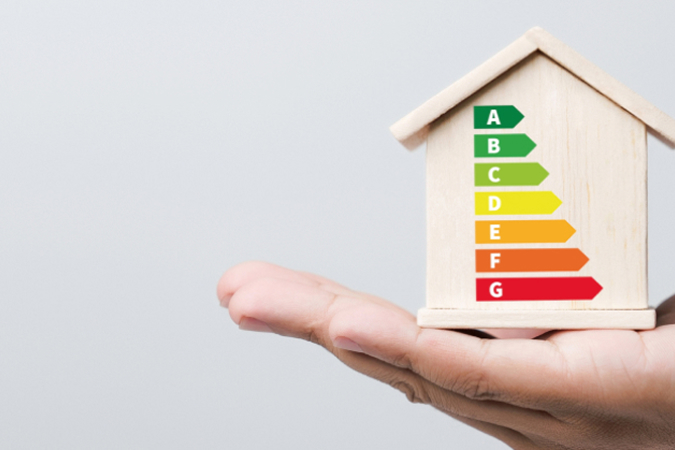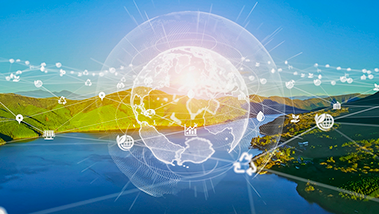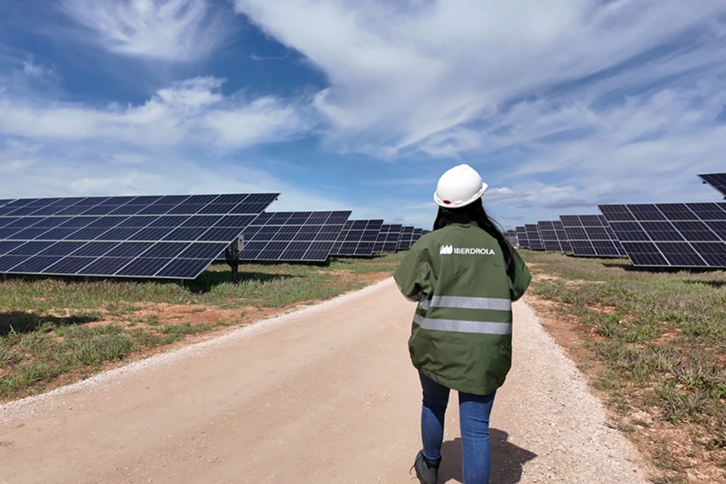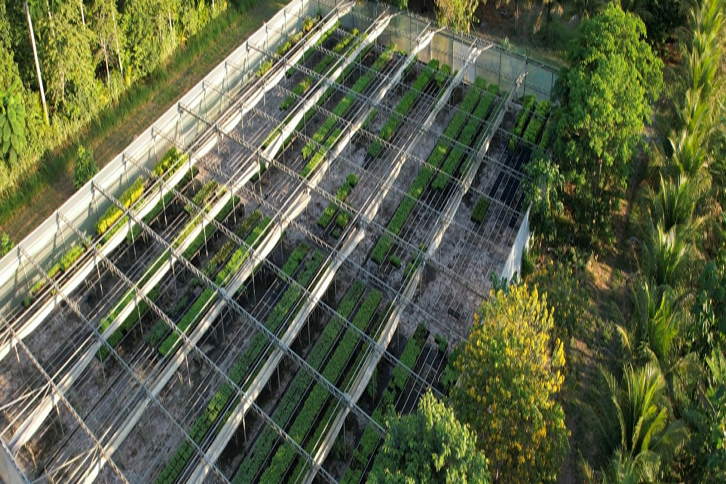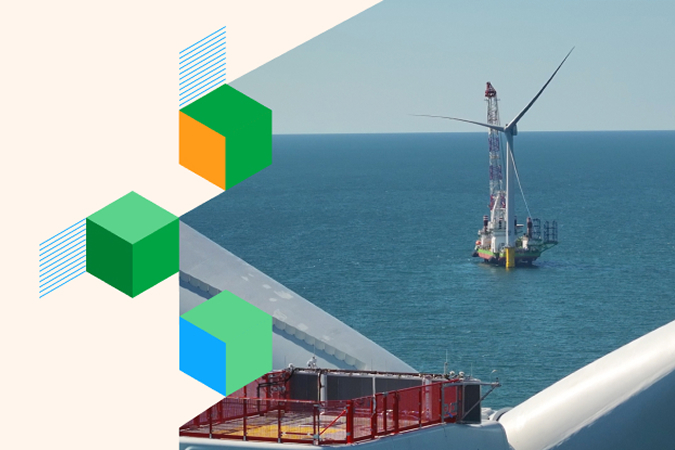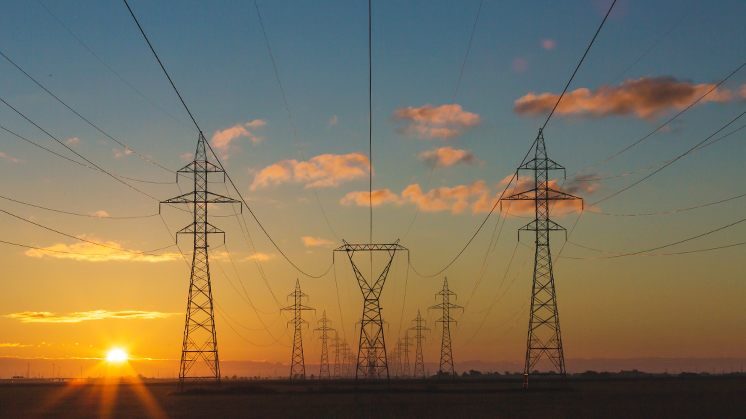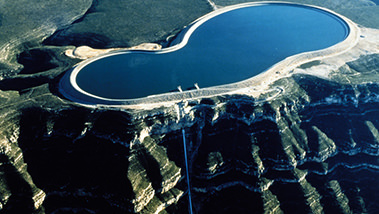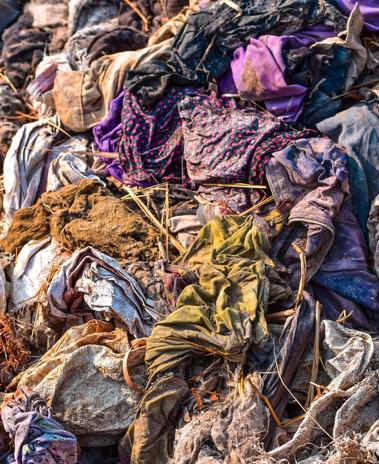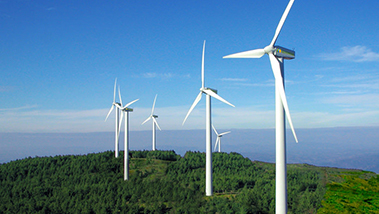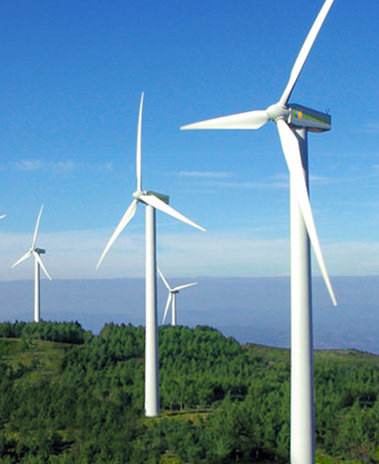-
On July 5, 2021, Europe banned sales of single-use plastics such as drinking straws, cutlery and cotton buds. With almost 90,000 tons of rubbish in the Pacific alone, these, and other similar measures, are sweeping the globe in an attempt to stem the flow of plastic reaching our oceans.
Whether we are driving a car, taking an aeroplane journey or even consuming everyday foodstuffs such as beef, we are leaving an invisible carbon footprint. So many of our day-to-day activities leave a trail of greenhouse gas emissions behind, gases that are released into the atmosphere and trap heat, thus contributing to climate change. Being aware of an activity’s carbon footprint, which is measured in tons of CO₂, is important when it comes to taking measures and launching initiatives to reduce these emissions to the lowest possible level. The responsibility for doing so, in order to avoid catastrophic climate change, falls to individuals, companies and governments.
-
Facebook What is a carbon footprint, and why is reducing it so important to combating climate change?
-
Twitter What is a carbon footprint, and why is reducing it so important to combating climate change?
-
Linkedin What is a carbon footprint, and why is reducing it so important to combating climate change?
-
Whatsapp
-
-
Their main purpose is to store water during off-peak periods, using it to generate energy during peak consumption periods.
The application of big data to curb global warming and protect the environment is known as green data. This technology can help optimise the efficiency of the energy sector, make businesses more sustainable and create smart cities, among others.
-
We are what we eat and maintaining a sustainable diet reinforces our commitment to the environment. This type of healthy eating is rich in vegetables, encourages the consumption of local products, generates less waste and limits the consumption of meat and fish to protect biodiversity.
The fashion industry, which is responsible for 8% of global CO2 emissions into the atmosphere, is the second most polluting after the oil industry. How can its impact on the environment be reduced? Biodegradable clothing is one of the answers and one of the industry's main commitments to promoting sustainability. Would you like to go shopping?
-
This island, located about 545 kilometres from Recife, the capital of Pernambuco, lies within the concession area of Pernambuco Distributor, a company from Neoenergia – Iberdrola Group’s subsidiary in Brazil. Amid the challenge of generating and distributing energy in an ecosystem as beautiful as it is fragile, Neoenergia is developing sustainable and intelligent energy solutions.
Have you ever wondered how a wind turbine tower can support so much weight? Or why they are all orientated in the same direction? This is the nature of wind turbines, the giants of renewable energy.








